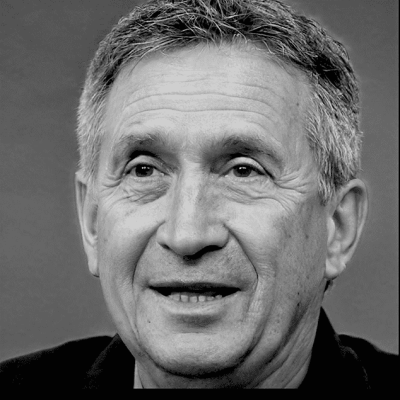The Hidden Landscape of ADHD: Decoding Personal Triggers
January 14, 2025 - Reading time: 5 minutes

In the quiet of my clinical office, stories unfold—each a unique map of human experience, particularly for those navigating the intricate terrain of ADHD. The brain is not a simple machine with on-off switches, but a complex ecosystem where emotions, environment, and internal rhythms dance in a delicate, often unpredictable choreography.
The Neurological Fingerprint of ADHD
Consider Maria, a brilliant architect whose mind operates like a perpetual motion machine. During our first consultation, she described her experience as living with a brain that never truly powers down. "It's like having multiple browser tabs open simultaneously," she explained, "except these tabs are running complex algorithms of thought, emotion, and sensory input."
This description captures the essence of ADHD—a neurological condition far more nuanced than popular misconceptions suggest. It's not about a lack of attention, but about a fundamentally different way of processing the world.
The Emotional Landscape
Emotional triggers represent the most treacherous terrain for individuals with ADHD. Where most people might experience a momentary setback and quickly recalibrate, those with ADHD often find themselves caught in emotional undertows that can sweep them far from their intended course.
Stress acts like a cognitive amplifier. What might be a minor inconvenience for someone else becomes a seismic event for an ADHD brain. Rejection—whether real or perceived—can trigger intense emotional responses that reverberate through multiple aspects of life. This isn't a choice or a character flaw, but a neurological reality rooted in how these remarkable brains process emotional information.
Environmental Symphonies and Sensory Overload
Our environment is not a passive backdrop but an active participant in the ADHD experience. Take David, a software engineer who discovered that his open-plan office was a minefield of sensory triggers. The constant hum of conversations, the flickering of computer screens, the unpredictable movements of colleagues—each element acted like a cognitive barrage.
Overstimulation is not simply an inconvenience; it's a genuine neurological challenge. The ADHD brain processes sensory information with heightened sensitivity. What might be background noise to others becomes a cacophony that demands immediate attention, fragmenting focus and depleting mental resources.
The Organizational Challenge
Organization represents another critical battleground. This isn't about laziness or lack of intelligence—far from it. The ADHD brain struggles with working memory and executive function, making traditional organizational strategies feel like solving a complex puzzle with constantly shifting pieces.
Sarah, a creative director, shared how her desk might look chaotic to others but represented a complex filing system only she could understand. "It's not mess," she insisted, "it's a dynamic information ecosystem."
Health: The Holistic Interconnection
Physical health and ADHD are intimately connected, a relationship that extends far beyond simplistic cause-and-effect models. Sleep patterns, nutrition, physical activity—each plays a crucial role in managing ADHD symptoms.
Seasonal changes can profoundly impact individuals with ADHD. The reduced sunlight during winter months doesn't just affect mood; it can fundamentally alter cognitive functioning. Many of my patients report increased difficulty maintaining routines, managing emotions, and sustaining focus during these periods.
Technology: A Double-Edged Sword
In our digital age, technology presents both opportunity and challenge for those with ADHD. Screens offer stimulation that can be simultaneously engaging and overwhelming. Social media, with its infinite scrolling and constant dopamine hits, can become a particularly treacherous landscape.
Yet, when used strategically, technology can also provide structure and support. Productivity apps, carefully designed interfaces, and adaptive tools can transform potential distractions into powerful management systems.
Developing a Personal Roadmap
The key to managing ADHD lies not in fighting against one's neurological wiring but in understanding and working with it. This requires a combination of self-observation, strategic adaptation, and compassionate self-management.
Professional support remains crucial. An ADHD test or comprehensive assessment can provide insights that transform confusion into clarity. But beyond clinical diagnosis, the real work happens in daily life—creating personalized strategies, establishing meaningful boundaries, and recognizing individual strengths.
The Strength in Difference
Perhaps most importantly, ADHD is not a deficit but a different way of experiencing the world. The same neural pathways that create challenges also generate extraordinary creativity, deep empathy, and unique problem-solving abilities.
Individuals like Maria, David, and Sarah demonstrate that ADHD is not a limitation to be overcome but a unique cognitive profile to be understood and celebrated.
Conclusion: A Journey of Understanding
As a psychologist, I've learned that every ADHD story is as individual as a fingerprint. There are no universal solutions, only personalized approaches that honor each person's unique neurological landscape.
The path forward is not about conforming to neurotypical expectations but about creating a life that resonates with one's intrinsic cognitive rhythm.

